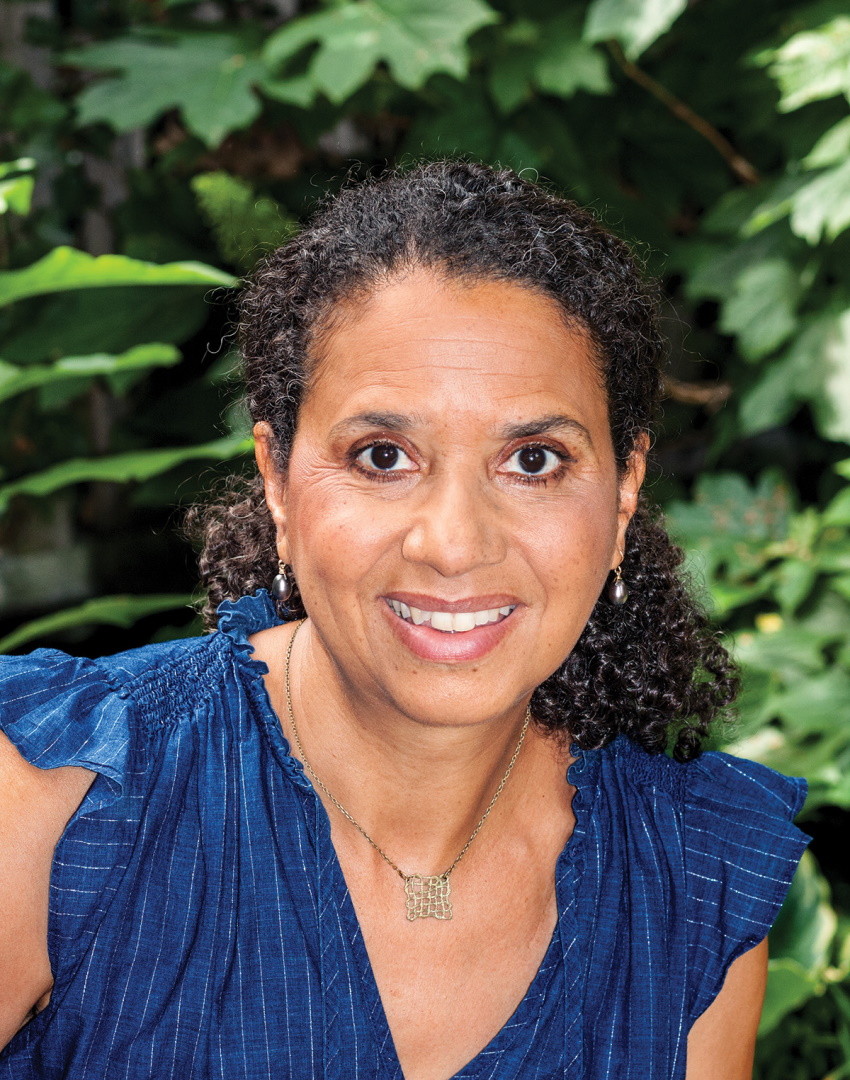Rule Breakers: Trusting My Instincts
I have never felt especially burdened by rules. In fact, I sometimes find it necessary to impose them on myself. For instance: you must spend the next hour writing your essay for The Horn Book! There!
I have never felt especially burdened by rules. In fact, I sometimes find it necessary to impose them on myself. For instance: you must spend the next hour writing your essay for The Horn Book! There!
Rules are a part of creative work. With every project, an artist must grapple with the rules of her discipline to determine how and if she will follow, bend, or break them. Picture books have rules of form — number of pages, text length, and decipherability of images and language. There are rules of style that differentiate one artist from another — voice, character, subject matter, or media used for the art. None of these rules is firmly fixed, and any number of glorious books show just how powerful it can be to break one or two. They are the walls that we bump up against as we develop our projects, and break when we need to.
Likewise, many of the rules imposed upon us in childhood act as walls. Their purpose may be to protect us in the present or prepare us for the future, and bending or breaking them can be powerful moments for personal growth.
 It was a delight to reflect on this while illustrating Angela Johnson’s inspired poem A Girl like Me, which invites girls to look beyond the limits of their world. I photographed twelve wonderful, energetic children for the photo-collage illustrations in this book. The girls fly, climb, swim, march, and dance their way through bright and bold scenes in hues of purple, turquoise, and blue.
It was a delight to reflect on this while illustrating Angela Johnson’s inspired poem A Girl like Me, which invites girls to look beyond the limits of their world. I photographed twelve wonderful, energetic children for the photo-collage illustrations in this book. The girls fly, climb, swim, march, and dance their way through bright and bold scenes in hues of purple, turquoise, and blue.
I grew up in New York City in the 1960s and 1970s — an era of breaking rules for positive change. But New York was also a place where it was advisable to follow some rules to be safe. These were the keep-a-couple-of-dollars-handy-in-your-front-pocket-for-the-mugger days. The tuck-your-gold-necklace-inside-your-shirt days. These were the days when safety meant staying in your neighborhood and traveling with a friend. But I also needed to move body and mind. I needed to explore my boundaries.
My parents, Donald Crews and Ann Jonas, were never particularly strict. Their rules mostly acted as edges defining the contours of my reality. At twelve and thirteen, when I walked around the neighborhood by myself, I sometimes went off the known and expected routes. I’d explore, wandering free. My parents wouldn’t know my exact whereabouts. It was up to me to determine what was safe and what was not. If I strayed into anyplace that seemed unsafe, I moved on, but I kept those details of my travels to myself. I did not want to be told to change my behavior. I was a New Yorker, and I knew to stay alert. Sometimes I got scared, but mostly I felt powerful. Mostly I was safe. I learned how to trust my instincts and plotted new points on my map of the known. It was absolutely worth it.
And this leads me back to creative work, which demands that an artist trust her instincts. Which demands that she sometimes stretch the boundaries of what she knows, and wander. Like exploring the gritty streets of New York, the journey does not always lead somewhere she wants to go, but it is always worth it.

RELATED
ALREADY A SUBSCRIBER? LOG IN
We are currently offering this content for free. Sign up now to activate your personal profile, where you can save articles for future viewing.







Add Comment :-
Be the first reader to comment.
Comment Policy:
Comment should not be empty !!!